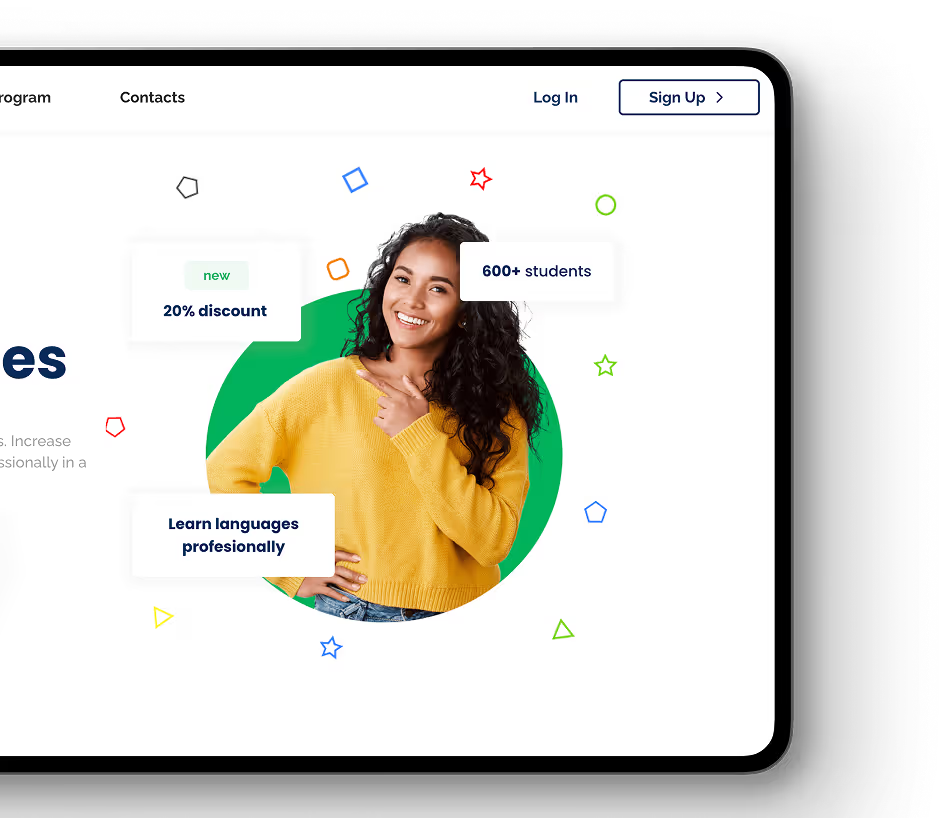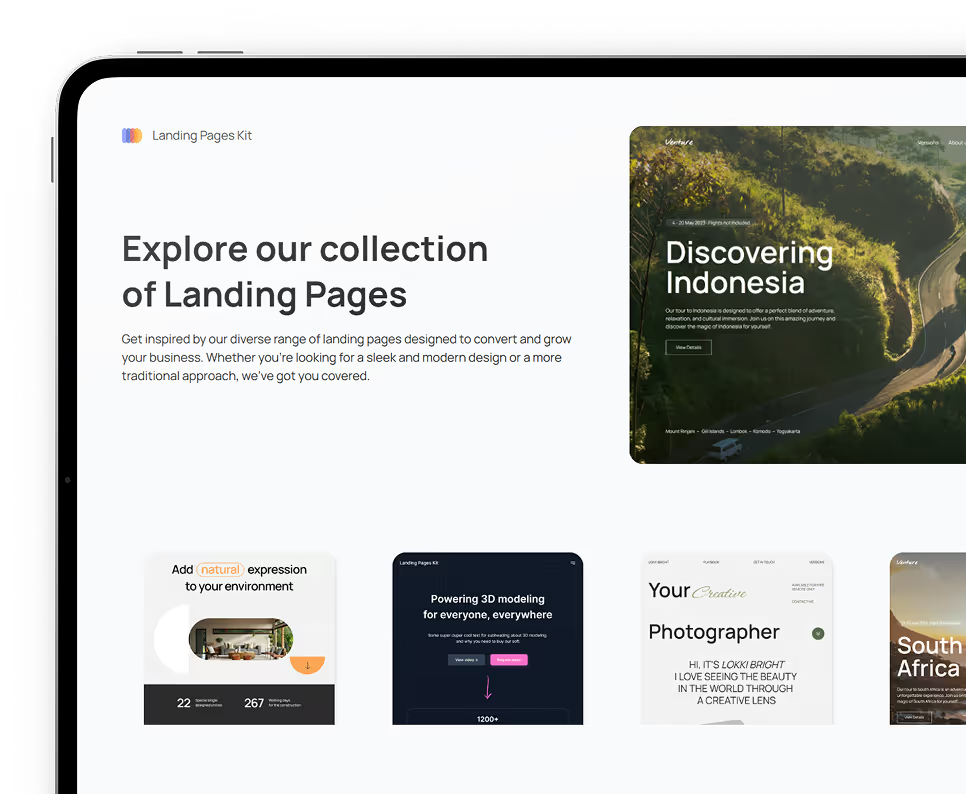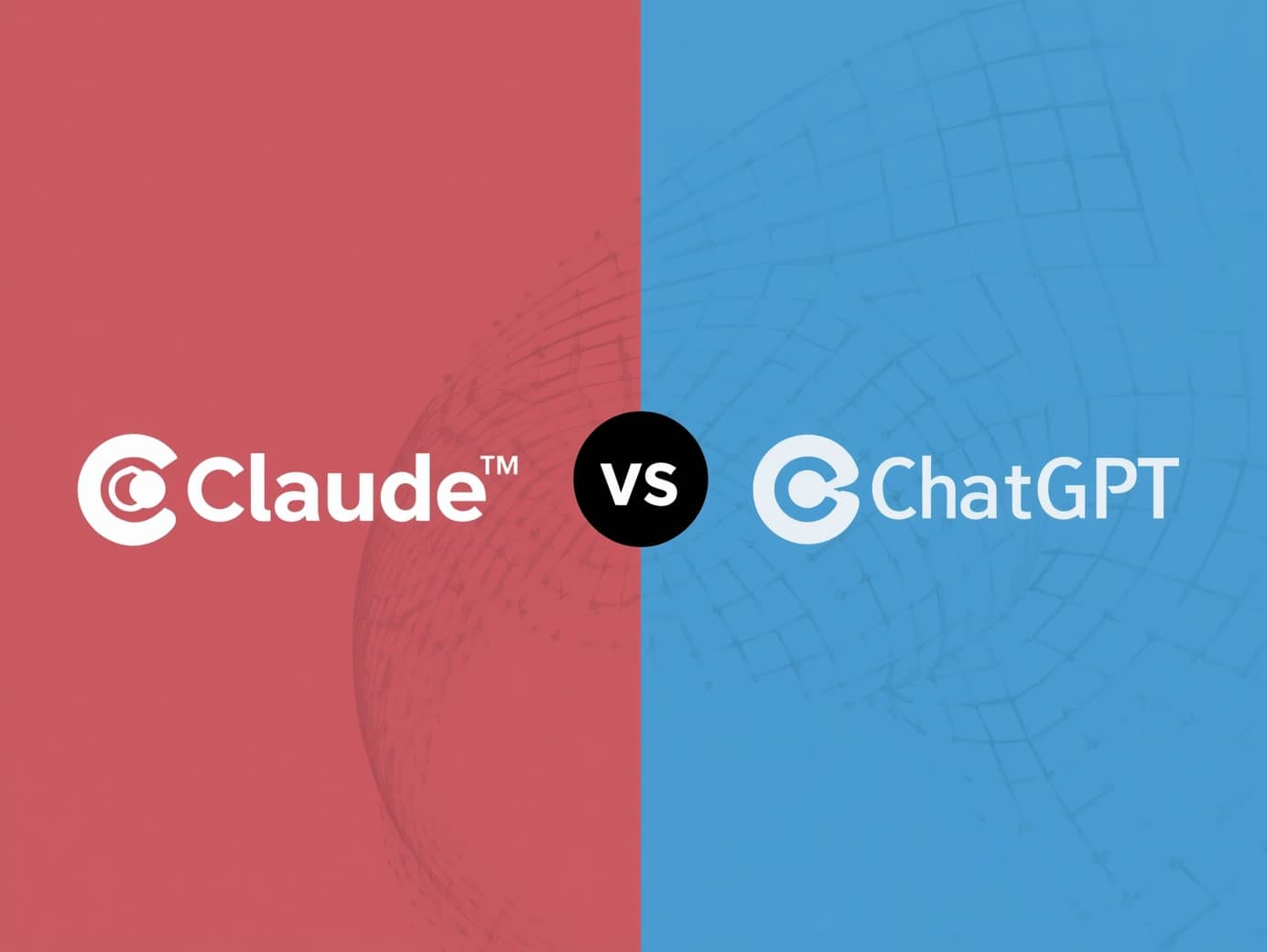May 13, 2024
•
min read
SaaS Integration Solutions: Embedded iPaaS vs. Unified APIs
Discover how Embedded iPaaS and Unified APIs revolutionize SaaS integrations, enhancing user experience and operational efficiency.
.png)
Understanding the SaaS Landscape
In the dynamic landscape of Software as a Service (SaaS), the demand for seamless integrations has become synonymous with success. As SaaS platforms continue to serve as central hubs for data and functionality, the importance of user-facing integrations cannot be overstated.
Imagine a SaaS product that requires Users to pull in data from their CRM system. To maximize productivity and insights, the SaaS tool seamlessly integrates with popular CRM platforms like Salesforce, HubSpot, and Zoho CRM. Sales representatives can effortlessly pull in customer data, track interactions, and generate reports without leaving the SaaS platform. Similarly, picture a marketing platform aggregating data from various channels such as social media, email campaigns, and website analytics. Through user-facing integrations, marketers can connect their accounts from platforms like Facebook Ads, Mailchimp, and Google Analytics, enabling centralized data analysis and campaign optimization. These scenarios underscore the pivotal role of user-facing integrations in SaaS products.
Such integrations empower users to initiate and manage connections with different systems or accounts tailored to their unique needs. By facilitating seamless access to data across multiple platforms within a unified interface, user-facing integrations not only enhance productivity but also streamline operations, fostering business success.
Unified APIs and Embedded iPaaS solutions have risen to the forefront as enablers of this seamless connectivity, offering streamlined pathways for users to integrate their chosen tools with SaaS platforms: Unified APIs provide a standardized interface for connecting with multiple third-party systems, alleviating the burden on both users and product owners to set up individual integrations. On the other hand, Embedded iPaaS solutions simplify user-facing integrations by embedding pre-built infrastructure within the SaaS platform, thereby streamlining the authentication process and ensuring a frictionless user experience.
In this article, we shall explore the intricacies of user-facing integrations in SaaS products, with a specific focus on comparing Embedded iPaaS and Unified APIs. We'll delve into the key features, benefits, and considerations of each solution, equipping product owners with the insights they need to make informed integration decisions. Through real-world examples and strategic insights, we'll navigate the crossroads of integration solutions, uncovering the optimal pathways for driving user adoption and fostering SaaS innovation.

Ready to enhance your SaaS platform with seamless integrations? Contact RapidDev today to explore our tailored Embedded iPaaS and Unified API solutions crafted for your business needs.
What is an Embedded iPaaS?
An Embedded iPaaS is a specialized software solution that enables developers to seamlessly integrate third-party applications and services directly into their own platforms or applications. Unlike traditional iPaaS solutions that operate as standalone platforms, Embedded iPaaS is designed to be embedded directly within the core architecture of a SaaS platform.
They provide a set of tools, APIs, and pre-built connectors that facilitate seamless connection and communication between different software systems. By embedding integration capabilities directly into their platforms, developers can simplify the authentication process and enhance the overall user experience, without the need for extensive custom development.
Paragon is one of the popular Embedded iPaaS platforms out there which offers a robust suite of integration tools that can be embedded directly within a SaaS platform. This allows users to seamlessly connect with a variety of third-party systems, ultimately improving interoperability and functionality.
To delve deeper into the capabilities and advantages of Embedded iPaaS, check out our detailed article dedicated to this innovative integration solution and how it pairs with no-code platforms to unlock seamless integrations.

What are Unified APIs?
Unified APIs provide a standardized interface for connecting with multiple third-party systems, simplifying the integration process for developers and users alike. These APIs offer a streamlined approach to integrating various third-party systems into a cohesive ecosystem within a Software as a Service (SaaS) platform.
Unified APIs serve as a bridge between different software systems, allowing them to communicate and exchange data seamlessly within the same vertical such as HR or accounting systems. By providing a consistent set of endpoints and data formats, Unified APIs eliminate the complexity associated with integrating disparate systems, enabling developers to focus on building innovative solutions rather than dealing with integration challenges.
One of the popular platforms in this space is Merge.dev, which offers a comprehensive suite of APIs that enable seamless integration with a wide range of third-party services. Merge's platform simplifies secure data access by offering Unified APIs across key software categories, including HRIS, accounting, CRM, file storage, and more.
If you are interested in learning more, here’s our in-depth guide on the capabilities and benefits of Unified APIs and how these can be integrated with Bubble and other no-code tools.

Comparative Analysis between Embedded iPaaS and Unified APIs
The table below highlights the major differences between the two types of integrations:
Use Cases and Examples
Understanding the specific use cases and examples where Embedded iPaaS and Unified APIs excel is essential for making informed integration decisions. Let's delve into a couple of real-world scenarios to discern the optimal solution for different integration needs.
Embedded iPaaS:
Project Management Tools Integration: Imagine a SaaS product designed to enhance the way teams manage projects by integrating directly with project management platforms such as JIRA, Trello, or Asana. This product leverages Embedded iPaaS technology to tap into the complex data structures of these tools, which include elements like tasks, subtasks, bugs, and epics. By doing so, it not only captures all relevant data but also allows users to create specialized, actionable dashboards within the SaaS product itself.
These dashboards are tailored to the specific analytics needs of the team, enhancing visibility and decision-making. The depth and complexity of organization in project management tools require a high level of customization in integrations and hence make this approach more suitable. The integration facilitated by the Embedded iPaaS ensures that data flows seamlessly between the project management tool and the SaaS product, enabling effective data synchronization and workflow automation.

Unified APIs:
CRM Integration: Imagine you're using a SaaS tool designed to help HR departments track and measure the performance of their sales teams against company goals and KPIs. This SaaS platform allows HR personnel to seamlessly integrate their CRM data, such as Salesforce or HubSpot, directly into the system. By leveraging Unified APIs, the SaaS tool can access standardized endpoints within the CRM systems to retrieve relevant sales data, including lead generation, conversion rates, and revenue figures. With this integrated data, HR teams can calculate and analyze key performance indicators (KPIs) for their sales teams, aligning individual performance with overarching company objectives.
For example, HR personnel can track metrics like customer acquisition costs, customer lifetime value, and sales pipeline velocity to assess sales team effectiveness and identify areas for improvement. CRMs typically have standardized data structures, making it easier to integrate using unified APIs. The uniformity of data models across different CRM platforms simplifies the integration process, allowing businesses to centralize customer data and streamline sales and marketing operations.

Making the Right Choice for Your Project
Choosing between Embedded iPaaS and Unified APIs requires careful consideration of various factors to ensure alignment with your project needs. Some of the common factors to consider are:
Future Trends: Impact of No-Code Platforms
Looking ahead, the future of integration solutions for SaaS products is marked by several key trends, with a notable emphasis on no-code and low-code platforms like Bubble.io. These no-code platforms are democratizing application development, potentially influencing the evolution of integration solutions along the way. Additionally, future solutions will leverage automation and AI to streamline integration processes, speeding up deployment and reducing developer workload.
Data privacy and security will remain paramount, with integration solutions prioritizing compliance with regulations like GDPR and CCPA. Furthermore, as the number of SaaS applications continues to grow, integration platforms will offer broader support for connecting with various ecosystems and applications. As these trends unfold, platforms like Bubble.io will play a significant role in driving innovation and enhancing connectivity in the SaaS industry.

Conclusion
Embedded iPaaS solutions offer unparalleled flexibility and customization, allowing developers to tailor integration workflows to specific business requirements. With direct access to the underlying infrastructure of the SaaS platform, developers can fine-tune integration processes and optimize performance. Additionally, Embedded iPaaS solutions provide centralized management within the SaaS platform, streamlining administration and maintenance tasks.
However, these benefits come with trade-offs. Embedded iPaaS solutions often entail higher upfront costs and development efforts, as they require integration into the existing infrastructure. Furthermore, the success of Embedded iPaaS solutions is heavily dependent on the architecture and scalability of the underlying SaaS platform.
Unified APIs present a standardized integration approach, simplifying development and usage for developers and users alike. By providing pre-built connectors and standardized endpoints, Unified APIs offer a plug-and-play solution that reduces the complexity of integration workflows. Moreover, Unified APIs are typically cost-effective and scalable, offering a good return on investment over time. Despite these advantages, Unified APIs may lack the flexibility and customization options of Embedded iPaaS solutions.
Developers may find themselves constrained by the standardized approach, especially for complex integration scenarios that require fine-grained control over workflows and business logic.
In conclusion, both Embedded iPaaS and Unified APIs offer unique advantages and considerations when it comes to user-facing integrations in SaaS products. Whether you prioritize flexibility and customization or standardized simplicity, choosing the right integration solution depends on your specific business needs and objectives.
At Rapid Dev, we specialize in both Embedded iPaaS and Unified APIs types of integrations with Bubble, empowering businesses to navigate the integration landscape with confidence. Our team of experts is dedicated to understanding your unique use cases and requirements, guiding you toward the integration solution that best aligns with your goals.
Take your SaaS integrations to the next level with RapidDev's expert no-code solutions. Reach out now to discover how we can help streamline your operations and boost user satisfaction through innovative integration technologies.
Ready to kickstart your app's development?
Connect with our team to book a free consultation. We’ll discuss your project and provide a custom quote at no cost!
Latest articles
We put the rapid in RapidDev
Ready to get started? Book a call with our team to schedule a free consultation. We’ll discuss your project and provide a custom quote at no cost!











